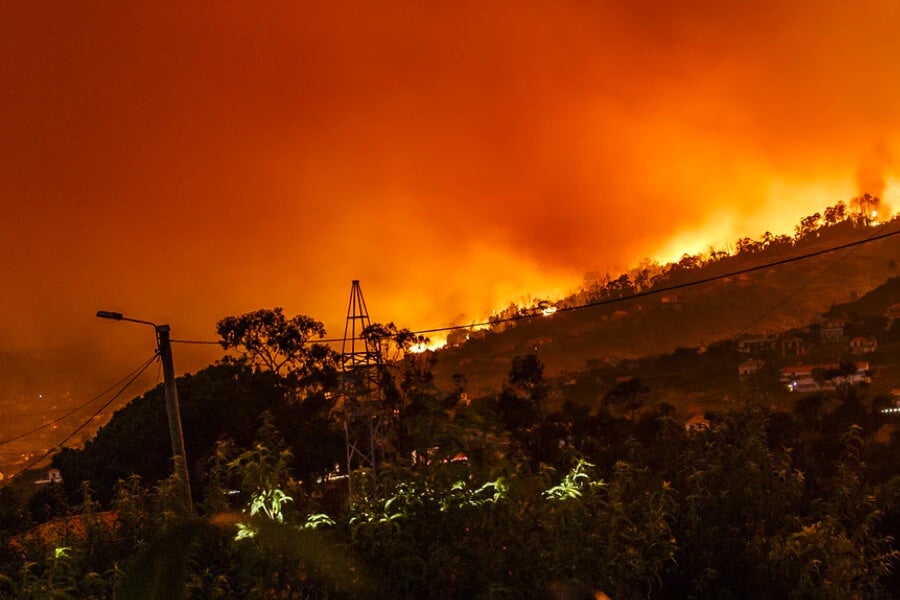NEWARK, CA – February 14, 2019 – RMS®, the world’s leading risk modeling and analytics firm, announces the release of the RMS U.S. Wildfire High Definition (HD) Model, the most comprehensive solution available for addressing wildfire risk across the Contiguous United States (48 States). Since 2014, devastating wildfires have unleashed more than USD $30 billion in claims and five of the 10 most destructive wildfires ever have occurred in the 2017 and 2018 seasons. Severe wildfires have become more prevalent and recent events have demonstrated the critical need for more advanced tools, more granular analytics, and broader geographic coverage in today’s risk modeling solutions.
Until now, the industry has relied on inadequate zoning and mapping products to evaluate wildfire risk. Recent cat events have highlighted many deficiencies in these tools, including the failure to account for structural vulnerabilities, the inability to highlight areas susceptible to urban conflagrations, the coarse resolution, and the lack of probabilistic insight.
The RMS U.S. Wildfire HD Model, part of the RMS Wildfire HD Model Suite, captures the full impact of wildfire at high resolution to enable an unprecedented understanding of the complex behaviors that characterize fire spread, ember accumulation, and smoke dispersion. Simulating over 18 million wildfires across the contiguous U.S., the U.S. Wildfire Model enables users to have more granular and comprehensive approach to underwriting and portfolio management.
“The past five years have demonstrated that the industry needs better ways to manage their wildfire risk comprehensively: for underwriting, for reinsurance purchasing, and for capital management, ” said Chris Folkman, Senior Director of Product Management at RMS, “After three consecutive seasons with major cat events, it’s clear that wildfire needs to be treated more like a peak peril and less like a simple matter of attritional loss. Wildfire risk has a steep gradient, where different houses in the same neighborhood can have drastically different risk profiles. We’re confident our analytics can equip property writers to price, underwrite, and deploy capital with precision – for any Contiguous U.S. location.”
To build the model, RMS partnered with top insurers, mitigation experts, and government agencies to ensure that the model’s data, calibration, and scope addresses market gaps. This includes hundreds of millions of dollars of granular claims data informing the calibration of 13 site-level adjustment features, as well as explicit simulation of ember travel that goes beyond traditional fuel-cased fire techniques.
Anne D. Cope, Ph.D., P.E., Insurance Institute for Business & Home Safety (IBHS) Chief Engineer said, “IBHS is proud to have partnered with RMS in their development of a wildfire solution that includes relevant risk factors like explicit ember modeling while also capturing the latest data from the 2017 and 2018 wildfire seasons. The RMS Wildfire model is an important tool towards ensuring that wildfire risk can be confidently understood across the (re)insurance industry.”
Anneliese Jivan, President of The California Fair Access to Insurance Requirements (“FAIR”) Plan stated, "With the increasing number of severe wildfires in the U.S., understanding the impact of fire mitigation has never been more important. We're hopeful that our collaboration with RMS in the development of their wildfire model will enable better industry data collection practices and a more active focus on home fire safety."
To learn more about the RMS approach to wildfire risk management, click here.







